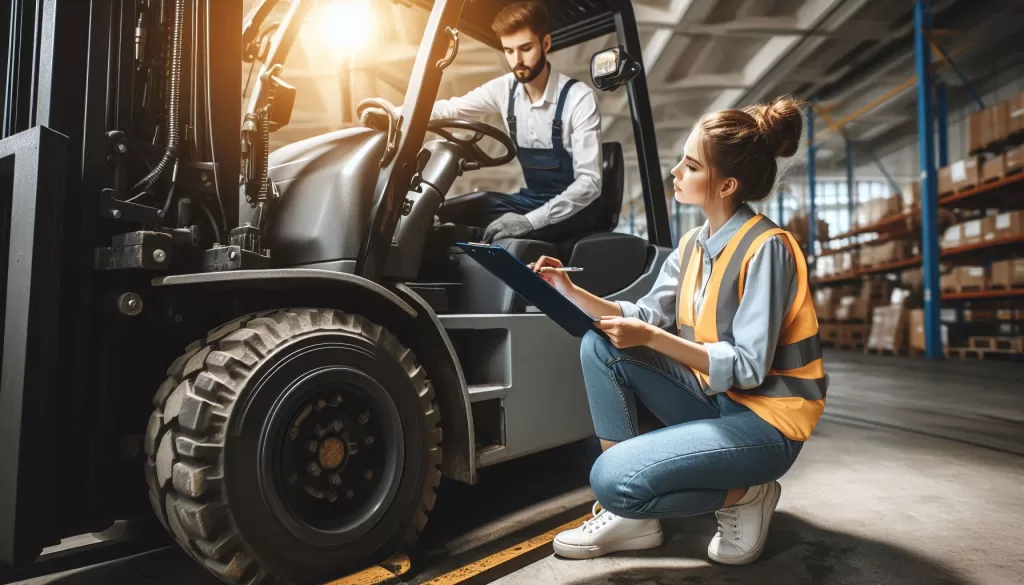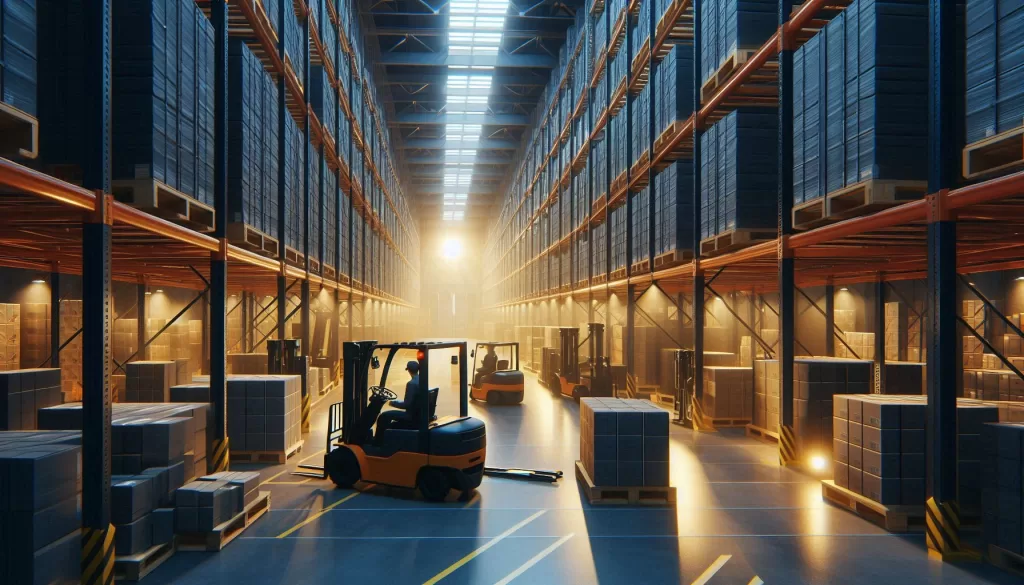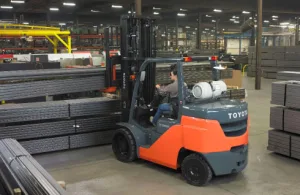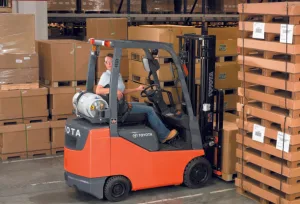
Safety First: Best Practices for Forklift Operations in Malaysia
Ensuring strict adherence to safety protocols is crucial in Malaysia warehouses, as forklift operations are essential for efficient material handling. Forklifts move large loads, which greatly improves logistical operations. However, using forklifts has inherent risks that need to be carefully managed. This article aims to outline essential safety practices tailored for forklift operations in Malaysia, providing comprehensive guidelines that operators and warehouse managers should prioritize. By implementing these guidelines, businesses can significantly reduce accidents, protect personnel, and ensure compliance with Malaysia occupational health and safety regulations.


Forklifts are essential equipment in Malaysia warehouses because they make heavy lifting more efficient and improve logistical processes. To reduce potential risks, though, their safe operation necessitates a deep comprehension of safety protocols and best practices. The main safety precautions will be discussed in this article, including emergency procedures, safe handling techniques, operator training, and equipment maintenance. Businesses can create a safer working environment where forklift operations in Malaysia are carried out with heightened awareness and adherence to safety standards by highlighting these crucial elements.
Ensure Operators are Properly Trained and Certified


To operate forklifts safely in Malaysia warehouses, operators must possess the necessary training and certification. In addition to the technical aspects of operating a forklift, training programs ought to cover the emergency protocols, maintenance schedules, and safety measures mandated by regulations. Forklift operators need to be aware of forklift’s limitations and capabilities in order to keep the workplace safe and accident-free.
Perform Pre-Operational Checks


Operators should perform detailed pre-operational inspections on forklifts to make sure they are in top good condition before using them. This entails evaluating the responsiveness of the brakes, the smoothness of the steering, the visibility provided by the lights, the appropriate inflation and tread wear of the tires, and the assessment of hydraulic systems for leaks or malfunctions. Thorough and routine inspections guarantee the forklift works safely and efficiently by spotting possible problems early on.
Use Safety Equipment


When operating a forklift, operators are required to wear seat belts and the proper personal protective equipment (PPE), such as helmets and safety shoes. PPE guards against potential hazards like falling objects or collisions, while seat belts keep operators from being ejected during abrupt stops or tip-overs. To reduce the risk of injury and guarantee adherence to safety regulations, employers should provide and enforce the use of safety equipment.
Maintain Regular Maintenance and Inspections


Forklift safety depends on following manufacturer-recommended maintenance schedules and performing regular inspections. Regular maintenance includes lubricating moving parts, inspecting brakes, checking fluid levels, and making sure safety features are operating as intended. By taking these preventative steps, forklift performance is improved, and its lifespan is extended. For operational safety to be maintained, inspections must be recorded and any problems found must be fixed right away.
Handle Loads Safely and Ensure Clear Visibility
Maintaining good visibility and using appropriate load handling techniques are crucial for safe forklift operations in warehouses. Forks should be correctly positioned under loads to guarantee stability and securely fastened before lifting. Maintaining a clean and clear operator’s area, signalling movements with mirrors, horns, and lights, and ensuring adequate lighting in poorly lit areas. These procedures reduce the possibility of mishaps brought on by unstable loads or dim lighting.


Observe Speed Limits, Traffic Signs, and Maneuver Safely
Adhering to designated speed limits and obeying traffic signs within the warehouse environment is crucial for preventing collisions and ensuring safe operations. Operators should reduce speed when approaching intersections, corners, or areas with limited visibility. Safe maneuvering includes cautious reversing, using audible signals like horns when necessary, and being mindful of blind spots. Following these practices promotes smooth traffic flow, minimizes risks associated with forklift movements, and enhances overall warehouse safety.
Avoid Unauthorized Modifications and Know Emergency Procedures
Unauthorized forklift or attachment modifications put performance and safety at risk, increasing the risk of mishaps or equipment failure. Forklift operators should only operate their machines for the intended uses and not modify them without permission. For a prompt and efficient response, it is essential to understand emergency protocols, such as how to safely shut down a forklift in an emergency or evacuate in the event of a fire or hazardous spill. Frequent drills and training make sure operators are equipped to handle emergencies, lowering risks and guaranteeing worker safety.
Conclusion
Ensuring the safe operation of forklifts in Malaysia is essential for maintaining both productivity and workplace safety. Effective risk mitigation and accident prevention can be achieved by businesses through prioritizing appropriate training, routine maintenance, the use of safety equipment, and adherence to operating guidelines. Adherence to occupational health and safety regulations in Malaysia not only safeguards employees but also improves operational effectiveness and minimizes unproductive time. In addition to maximizing forklift performance, putting a strong emphasis on safety and ongoing development in Malaysia warehouses will also guarantee the welfare of the workers.



